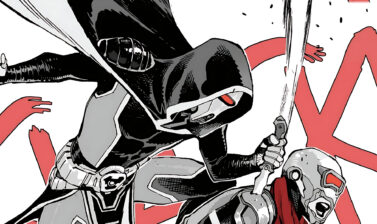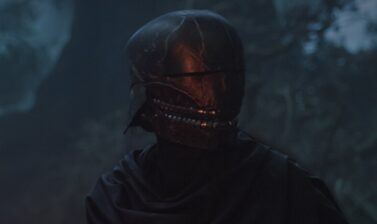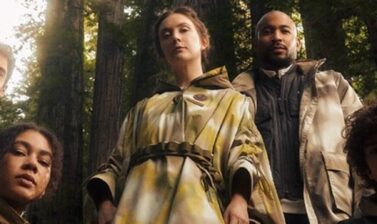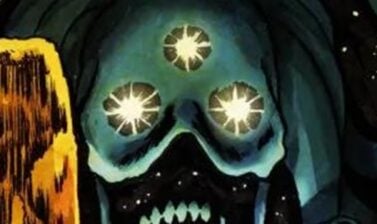The latest edition of Star Wars Insider gives us insights into the world of the Matte Paintings and reveals the huge role they play in Star Wars!
My favorite section of this month is an interview that expands a little bit on what we saw in the Light & Magic documentary that allowed us to learn more about the story, people, and evolution of Industrial Light and Magic, the visual effects company that George Lucas founded in 1975.
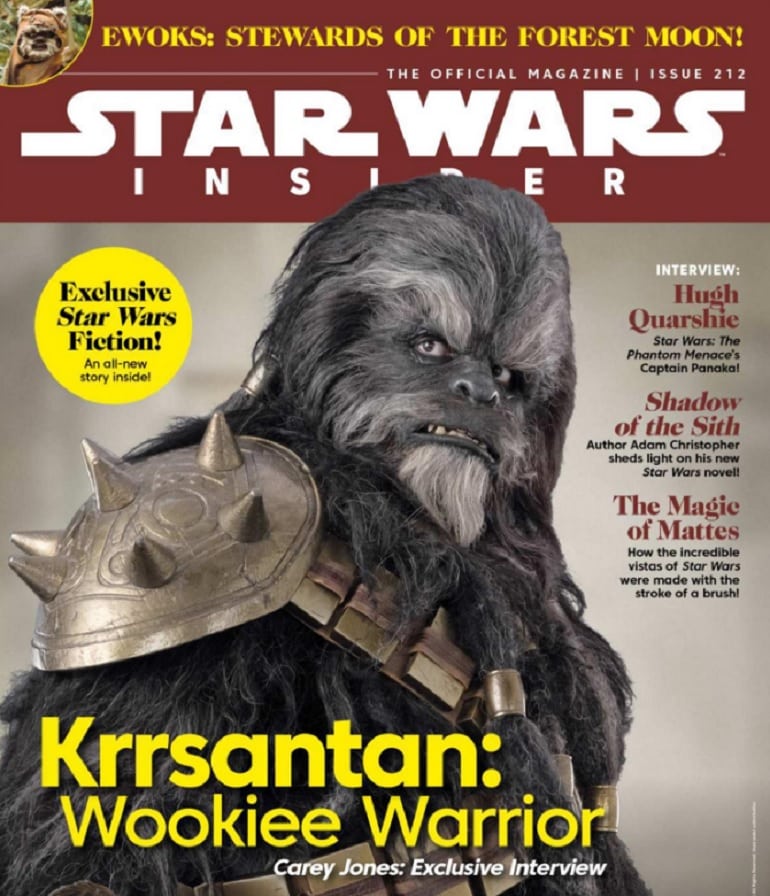
If you’ve seen the documentary, you’ve already met some people who pushed the visual effects industry to the next level. Model makers, painters, photographers, and all types of artists made possible what Lucas envisioned.
In the latest Star Wars Insider Issue (212), we learn more about one of these artists, Craig Barron. Barron started his career in 1979 when he was hired at the age of eighteen, he was the youngest employee at Industrial Light & Magic. Barron worked in the matte department under the supervision of the one and only Ralph McQuarrie.
Matte painting is a technique used in filming that consists of using elements of a live-action set combined with a painting to create a realistic view that otherwise would be too expensive or impractical.
This technique has evolved into the digital format but back when Barron joined ILM they used giant sheets of glass.
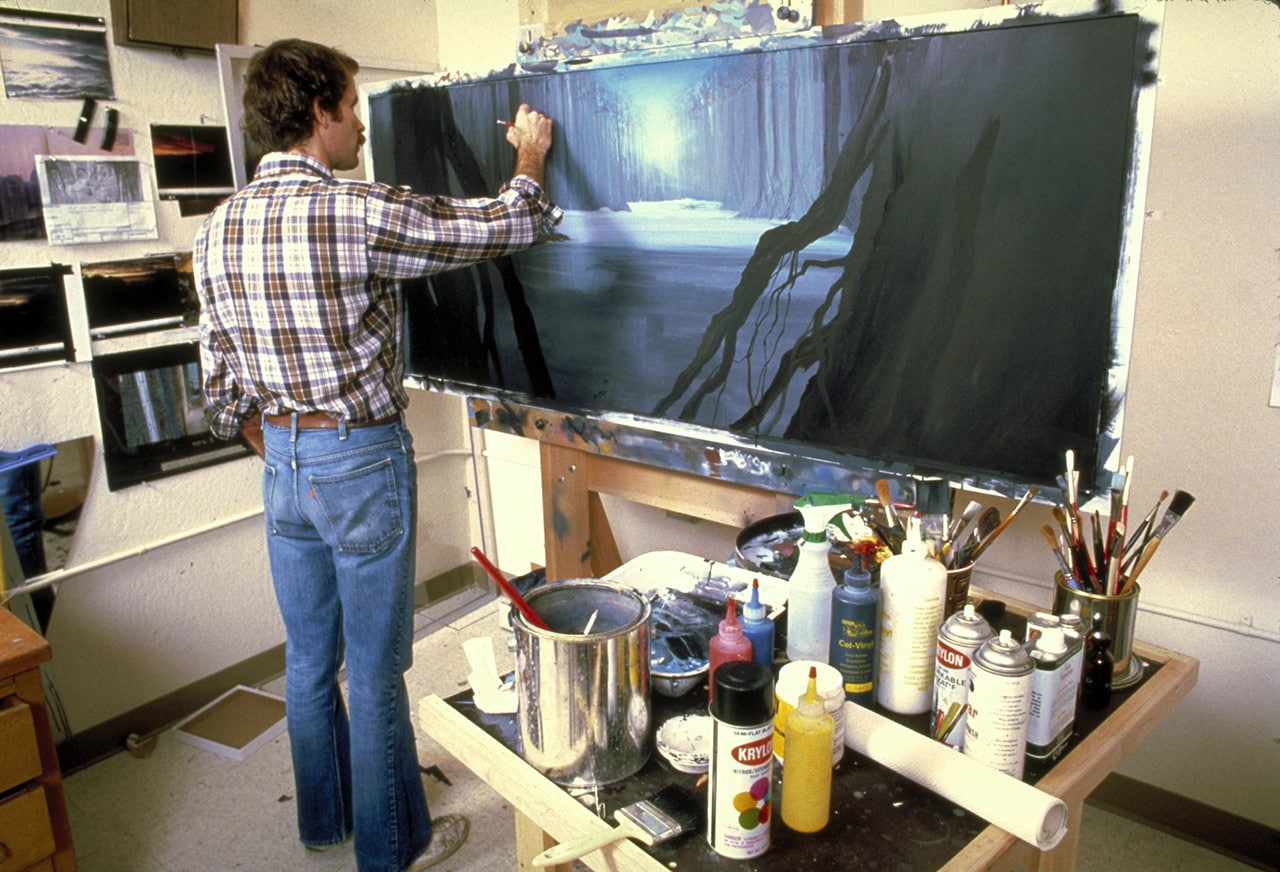
Imagine working with Ralph McQuarrie himself, I can’t imagine how exciting that would have been. When Barron started, he’d do relatively simple things like preparing the glass and cleaning McQuarry’s airbrushes.
In Empire Strikes Back, Craig Barron’s direct participation was limited to just doing one painting that appeared for six frames. When Raiders of the Lost Ark was being made, he got more involved in the production side of it.

As we saw in Light & Magic, the challenges of every new movie required an almost immediate adaptation from everyone involved. When the time to do Return of the Jedi came, the new technology made everything easier and more practical.
The most famous example is Palpatine’s arrival at the Death Star. To achieve such an iconic scene without compromising the “reality” feeling, they used a motorized camera that was programmed to move dimensionally. Add an all-miniature foreground to the equation and we got that incredible scene.
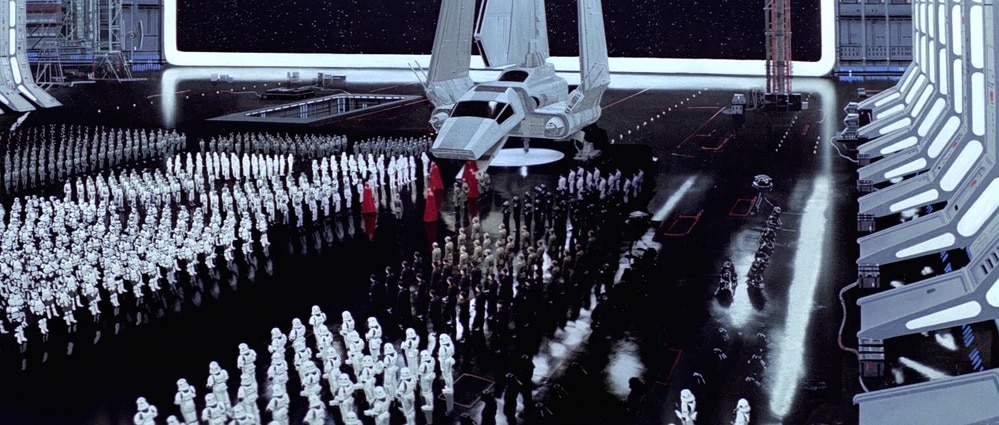
It’s no secret that George Lucas is a perfectionist, everything had to be in the right place or he wouldn’t be satisfied.
Matte artists were fundamental for setting the mood when introducing new locations. It makes perfect sense that George would spend as much time as possible with them.
He had to make sure that the artists understood his vision and what he intended to tell the audience.
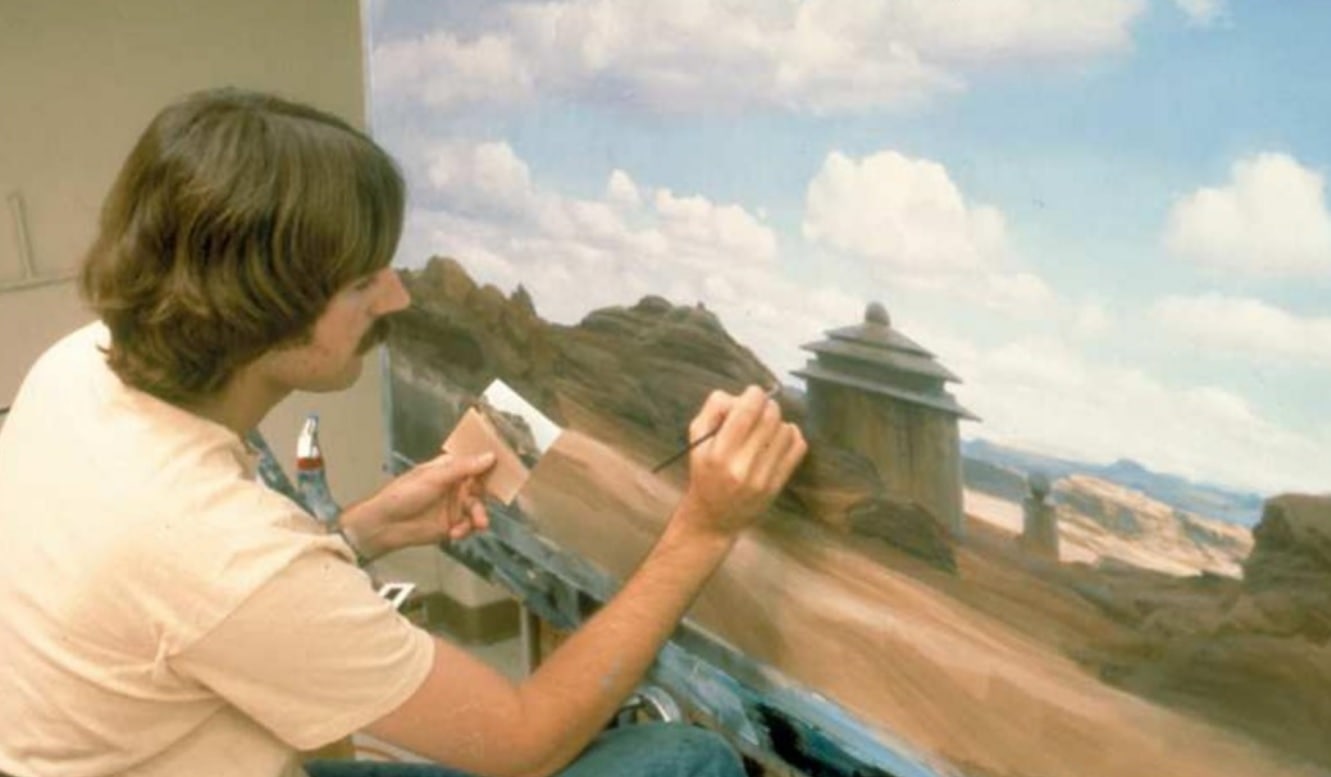
I’m still amazed by the number of scenes that were made with the help of matte paintings. To be completely honest I’d never be able to spot every single one of them, even if they weren’t the first to use this technique, there’s no doubt that the people at ILM were a step ahead of everyone else.
I really hope we get more interviews or documentaries about everything that happens behind the scenes, it’s such a joy to hear so many interesting stories!
Have you watched Light & Magic? What are your thoughts about it?
All images I used are from the latest issue of the magazine and starwars.com. You can learn more about Star Wars Insider from the first article in the series.

